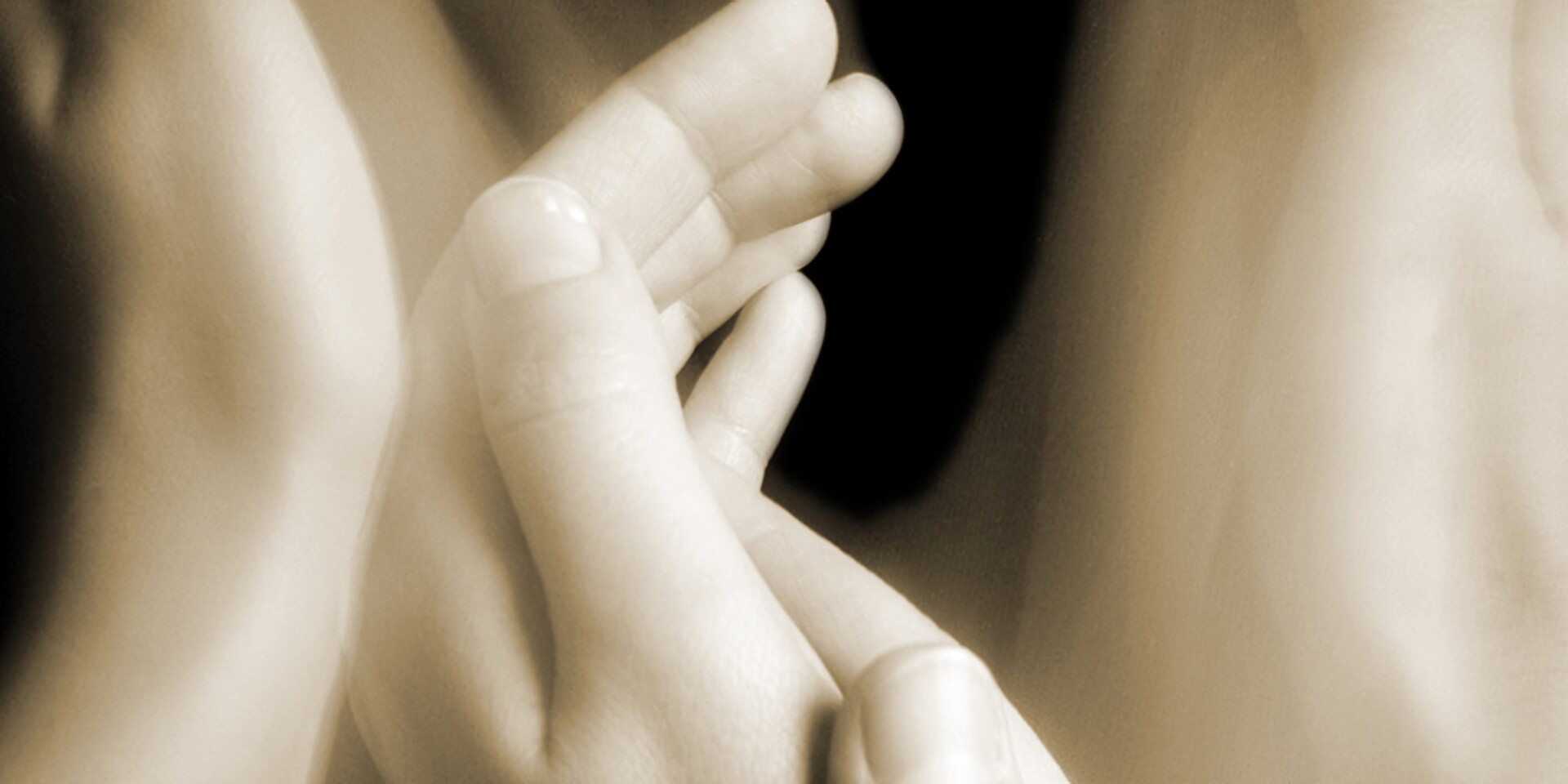Bio-dynamic Massage
Based on Reichian theories, which maintain that the body and mind are closely linked and reflect each other, Biodynamic massage was developed by Gerda Boyesen in Norway in the 1960's. Biodynamic Massage is a holistic modality working simultaneously on body and mind towards their integration. It aims to free emotions and energy, which have been trapped in the body and return the body to equilibrium and harmony. It encourages the body's ability to heal itself.
When in good health, energy flows through our bodies freely. Stress results from an imbalance of energy, causing blockages, which often lead to physical symptoms and eventually to ill health. Biodynamic massage helps to dissolve these blocks of accumulated tension. Deep relaxation, improved circulation, energy flow, and relief from tension, anxiety, insomnia, depression, pain and digestive disorders all contribute to a sense of wellbeing, enhanced self-awareness, and connection with one's body.
Biodynamic massage works at different levels: bones, muscles, tissue, skin and energy. The therapist applies the most appropriate techniques at the time. These may range from awakening the energy in the bone, encouraging the flow of tissue fluids, freeing trapped energy from muscles, enabling the free flow of energy, harmonising, holding, containing, soothing, supporting, nurturing. This encourages deep breathing and balance of functions like digestion, blood circulation and the nervous system, enabling recovery at physical, mental and emotional levels.
Biodynamic Massage works across a wide spectrum from deep muscular work, to connective tissue massage, to light energetic touch and work in the aura. And it also puts particular emphasis on the psychological understanding of the body. By understanding the somatisation or expression of distress in the body, the therapist works towards its physical and emotional release.
Biodynamic massage has evolved many massage techniques. These include energy distribution, aura-work, lifting, packing, holding, deep draining, stretching, basic touch and connective tissue work. These can be energising, calming, reassuring, grounding, and affirming. Every client at each session receives an individualised massage that works towards an on-going process of releasing stress and tension. On a physiological level massage encourages the deepening of breath, releases tension in the tissues, increases body tone, stimulates the lymphatic system, increases the circulation of blood, and stimulates the digestion and elimination of food. Massage can also release endorphins; the body's own pain killers, and so help to relieve pain, depression and anxiety. The massage therapist's ability to create an atmosphere of safety and comfort is important in enabling people to relax and gain these benefits. Touch that is caring, attentive, non-sexual and undemanding is very nurturing and creates a sense of well-being. Some people are uncomfortable about some parts of their body being massaged, such as their abdomen, buttocks or legs. These feelings would be respected by a therapist trained to be sensitive to each individual's feelings about being touched.
A primary theory in biodynamic massage is that energy is always moving through cycles, called the vasomotoric cycle. When these cycles are constantly interrupted and incomplete, discomfort and eventually ill health can result. The aim of the therapist is to encourage the completion of the cycles to clear the system and restore harmony and the free flow of energy through the body. Every emotion, shock and frustration has a direct physiological consequence, as well as a psychological one. Making sense of the energetic and emotional meaning of physical posture and bodily symptoms (and working therapeutically with this information) is the unique contribution of Biodynamic Massage Therapy.




